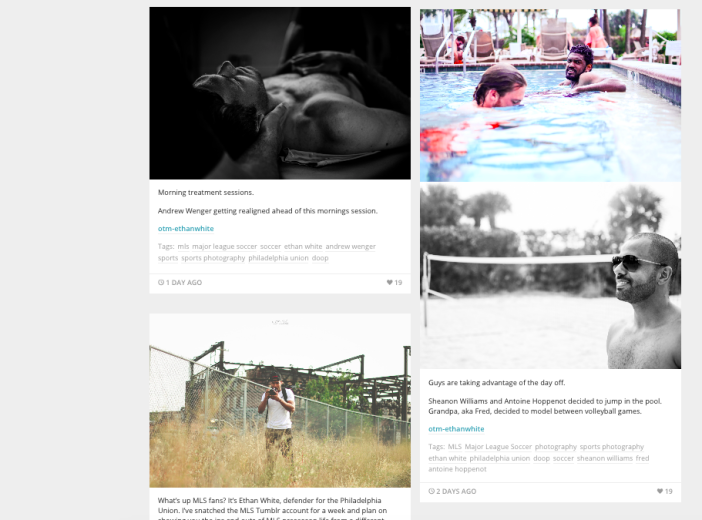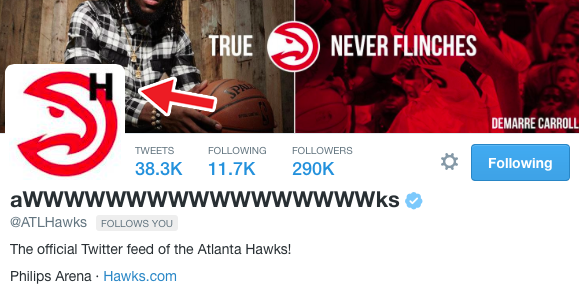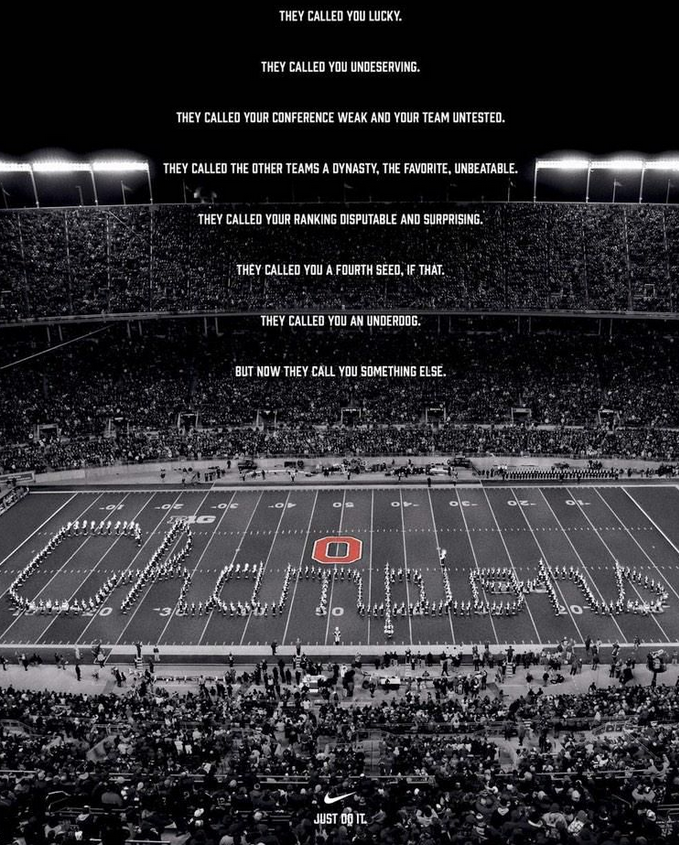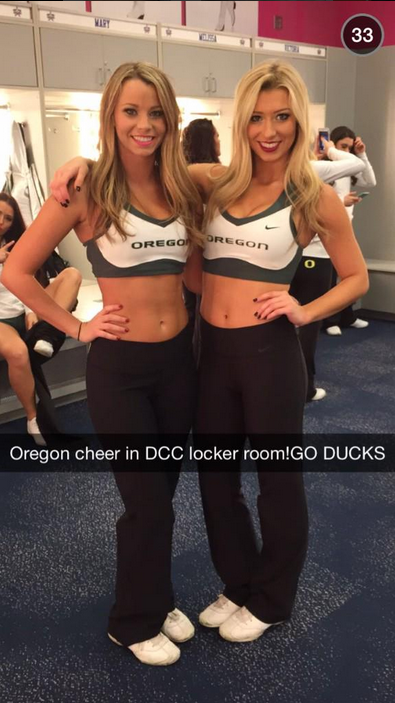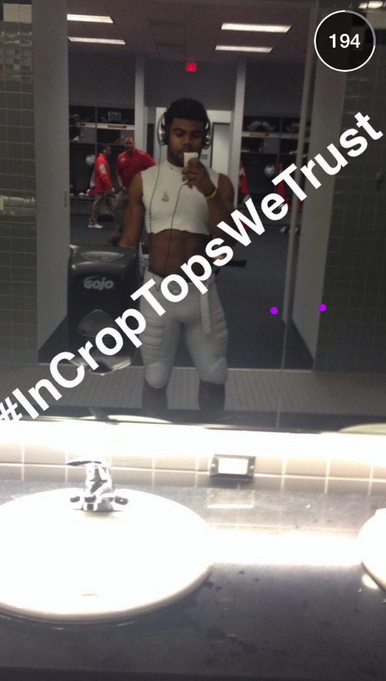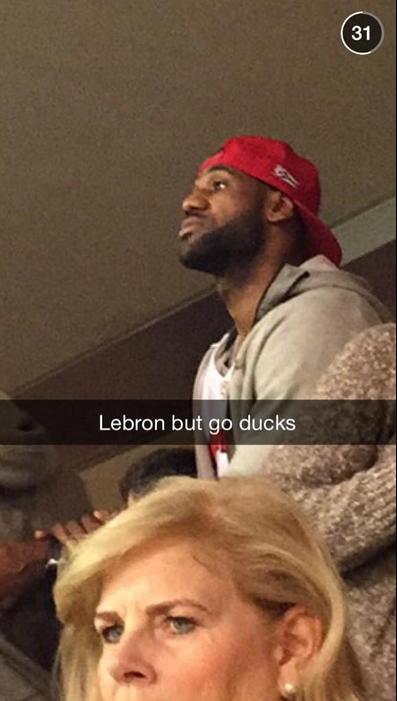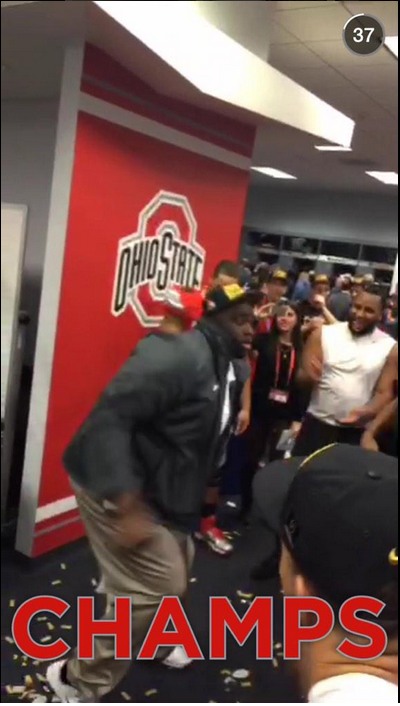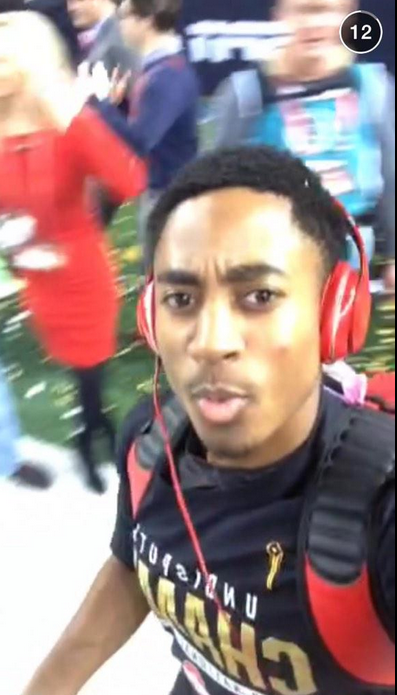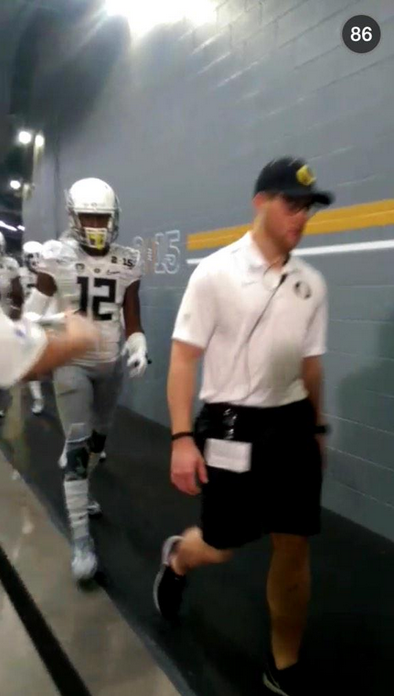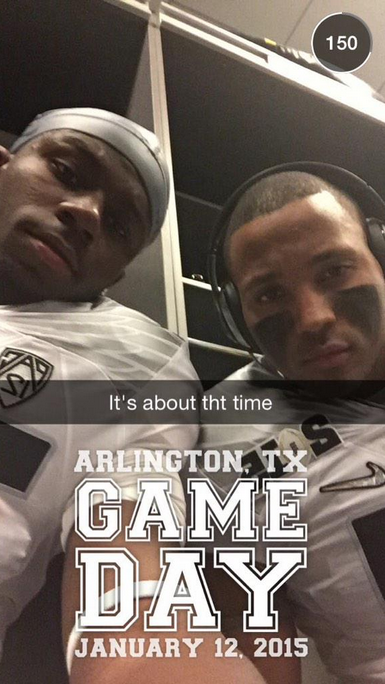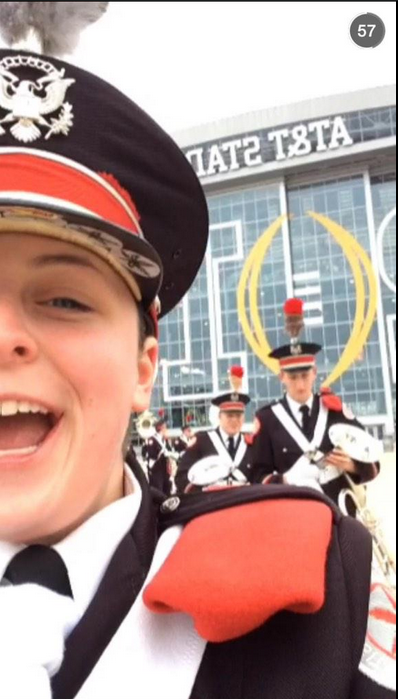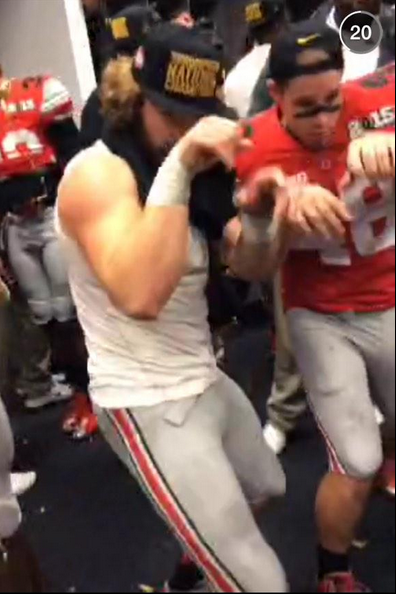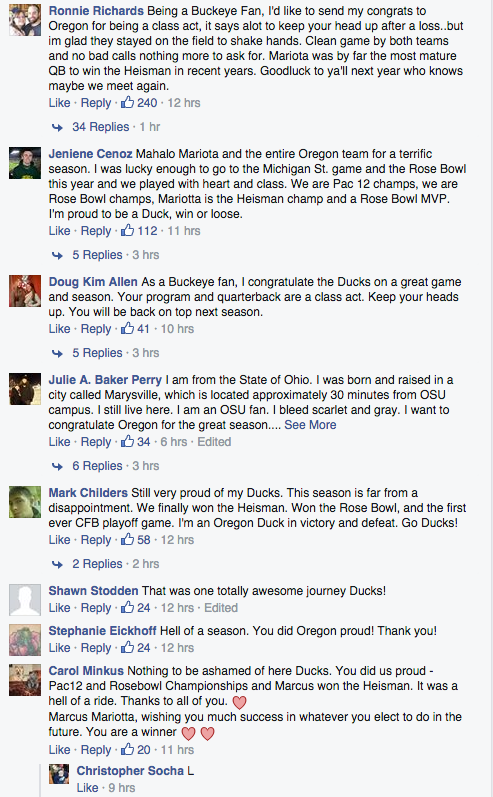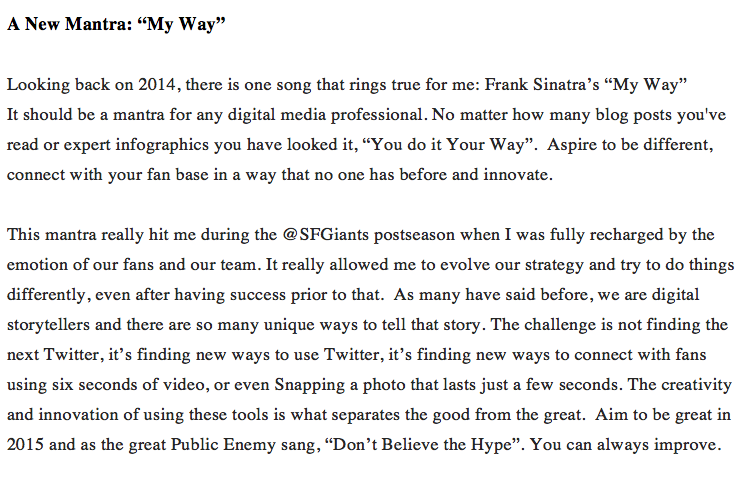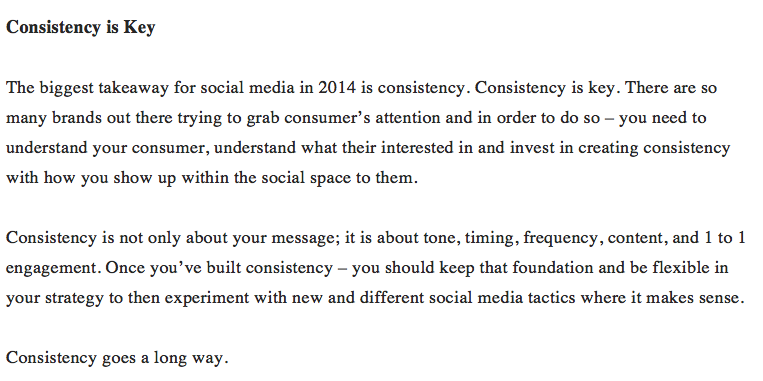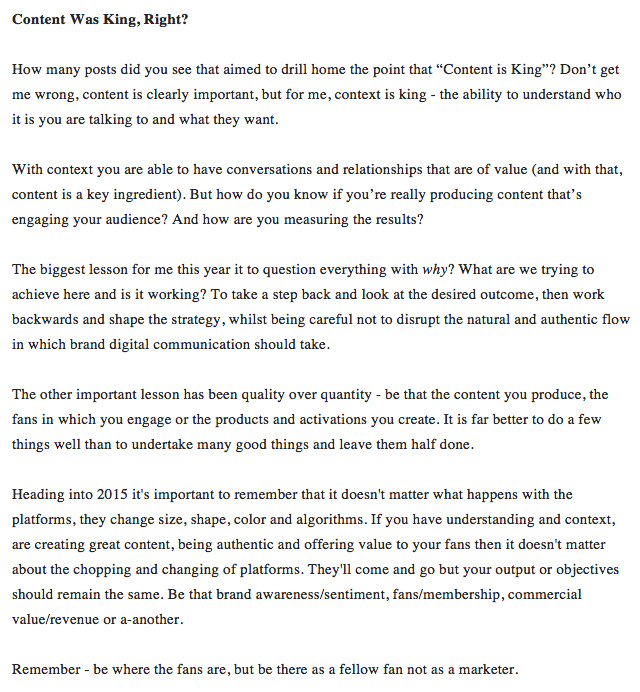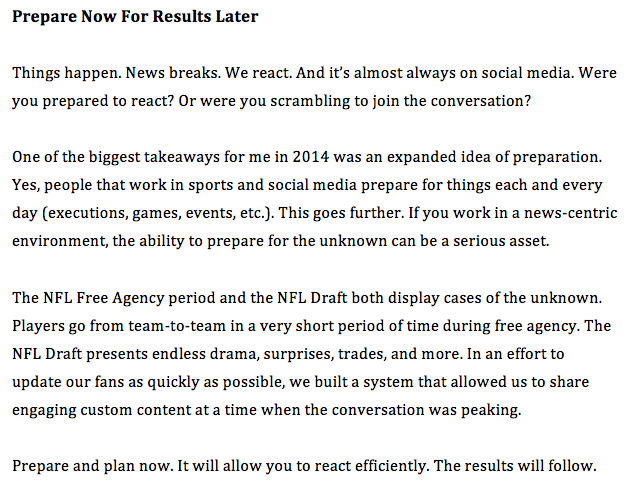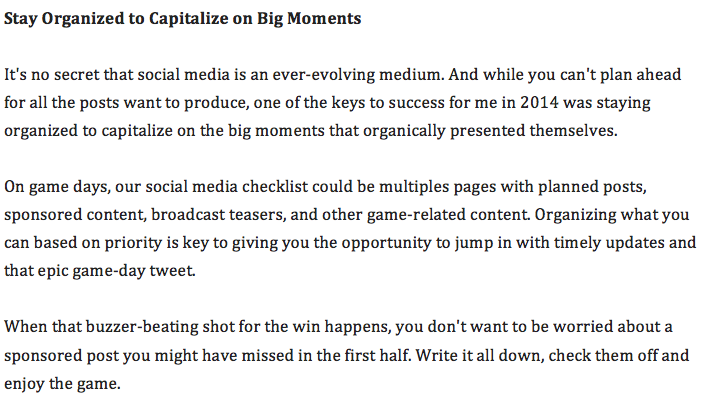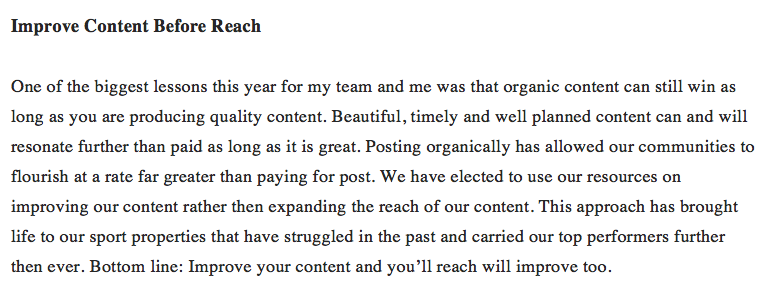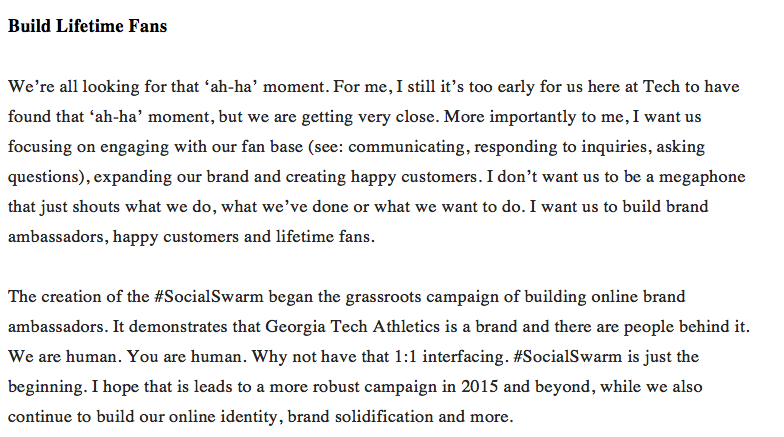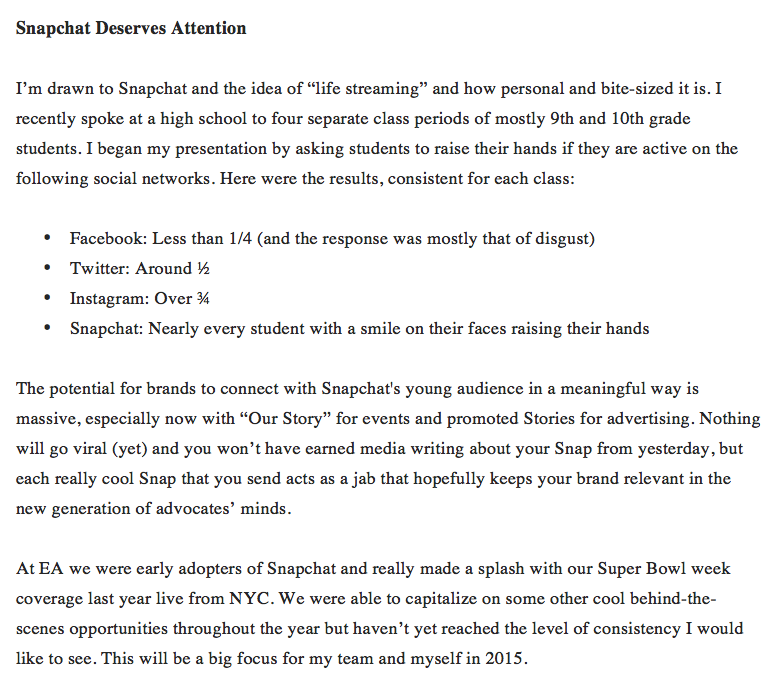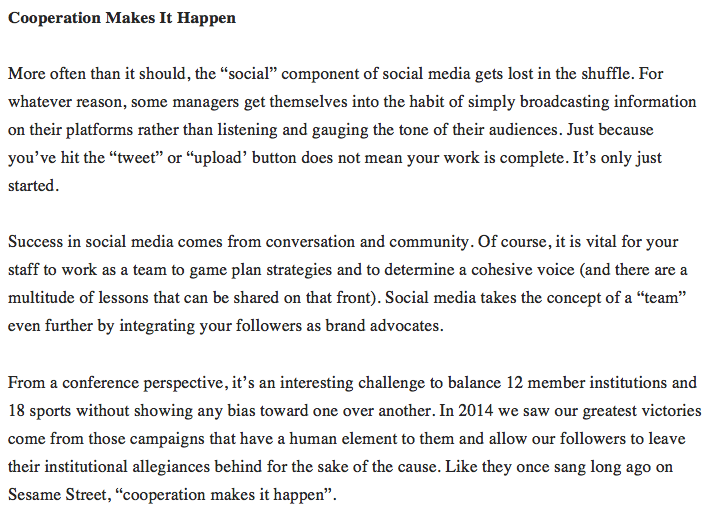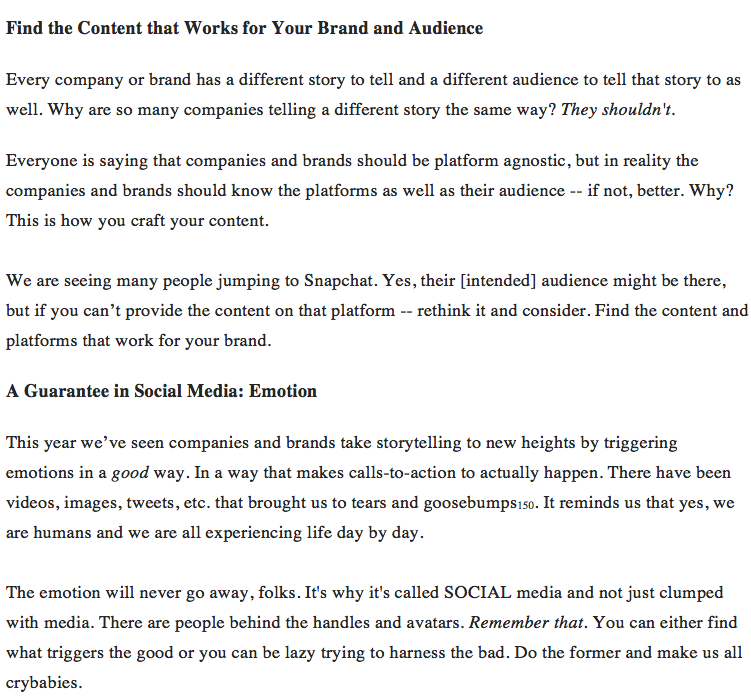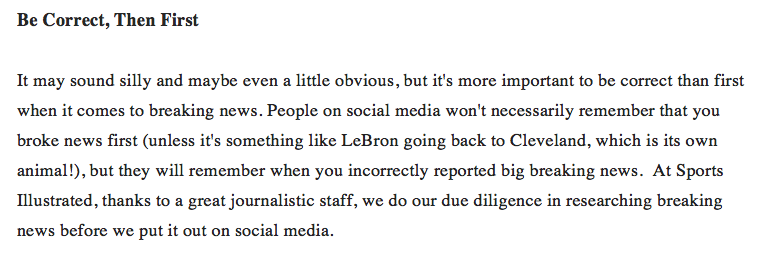As the MLS season kicks into gear, the league is ramping up efforts to rally their fans around the teams, sport and league. And, they are doing a stellar job of leveraging social media and content to drum up excitement for the 20th MLS season:
One of the big keys to the MLS’ social media success is the work they do to understand their audience and how their fans connect with the league/teams. They want to make sure what they create and execute resonates. Here’s a little insight into their strategy:
MLS’ understanding of their fans shines through in their work. The season has not even begun and they are already on a winning streak. Here are three things worth noting from their approach:
They have a strong content foundation.
Take a look through mlssoccer.com. It’s filled with news and recaps like any major league site, but it’s also filled with a lot of thoughtful and quality content. From day in the life features to more in-depth reporting, they constantly churn out quality content for their fans. This content is a goldmine for their social media team; it provides value to their audience.
In addition to stellar content, the MLS social media team does a really good job of repurposing their digital content to fit social media platforms. They don’t just tweet out the headline. Instead, they find a way to make it resonate by creating compelling graphics, including a videos/Vines, adding clever copy, etc.
WATCH OUT! http://t.co/PUgYxGgihF pic.twitter.com/du2HbVKExq
— Major League Soccer (@MLS) February 24, 2015
A day with @Ddwyer14 –> http://t.co/hFziCvEP7S https://t.co/D9dp0QvS0L
— Major League Soccer (@MLS) February 24, 2015
I’m a big believer that a good social media strategy starts with a content strategy. The MLS is a great example of taking the time to create content that resonates and repurposing it for each platform. It’s hard work, but it’s work that is worth it.
They are getting players involved.
MLS is doing a fantastic job of putting their players at the forefront of their social media strategy and giving fans a behind-the-scenes look at their life. They are doing this through two main initiatives (so far at least): Snapchat and Tumblr takeovers. Here’s a look at some of the content on both platforms:
As you can see, the result is a very intimate and personal look at what it’s like to be a MLS player. The content is fantastics and exclusive. We need more of this in sports. Players are a huge asset to any team or league. People connect with players in a more emotional way; they help humanize the team way beyond the jersey and scoreboard. And, players are full of stories. Find a way to give your audience access to them like MLS has.
And of course, they are leveraging their fans.
In addition to getting their players involved, MLS is also including their fans in their efforts. MLS just launched a contest for fans to design original Snapchat geofilters (special overlays) that will be used in four different markets (LA, Orlando, Kansas City and Seattle) for opening weekend. To enter, fans have to post their original artwork on Twitter using the hashtag #MLSsnapchat. I’ve already seen a some good pieces:
Well, here is my shot at an @MLS @Snapchat overlay for @SportingKC #MLSSnapchat pic.twitter.com/DgtkVvNVni
— David Streeter 🧢🏒 (@DavidStreeter) February 26, 2015
@MLS – @Snapchat overlay contest: @SoundersFC #MLSsnapchat pic.twitter.com/Jc2gvIwdeu
— Eddie Labauve (@elpeddie) February 26, 2015
https://twitter.com/alexisaavila/status/570756016758894592
Fans are creative and passionate. I’m a big believer in leveraging them to help you create content. Whether it’s a contest like this or user-generated photos, let them help you tell your story.
So remember these takeaways from the MLS: Create a strong foundation with content, access to players always wins and don’t be afraid to leverage your fans.
What stands out to you about MLS’ approach to social media? Be sure to share your thoughts below!
Thanks for reading!




